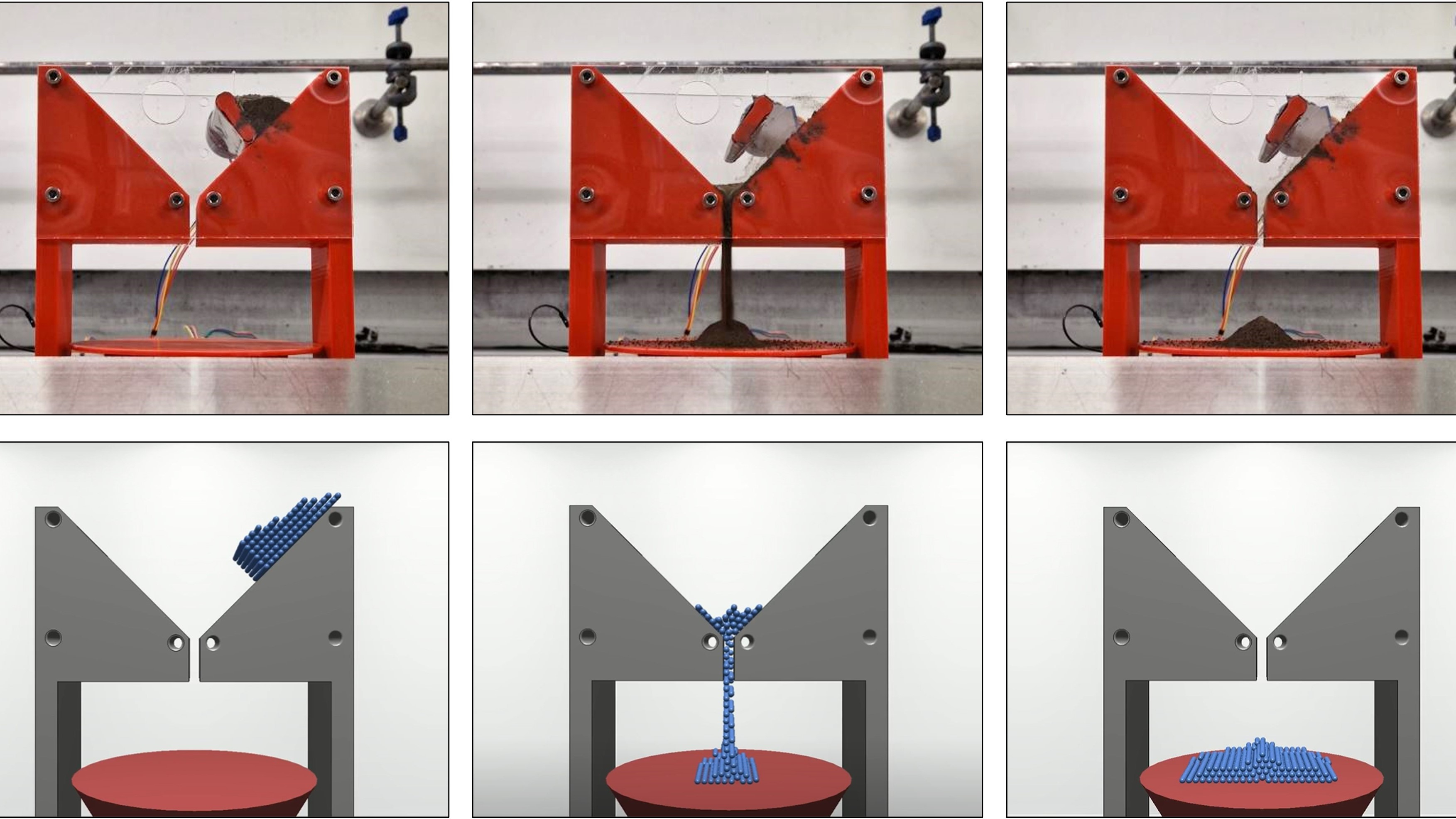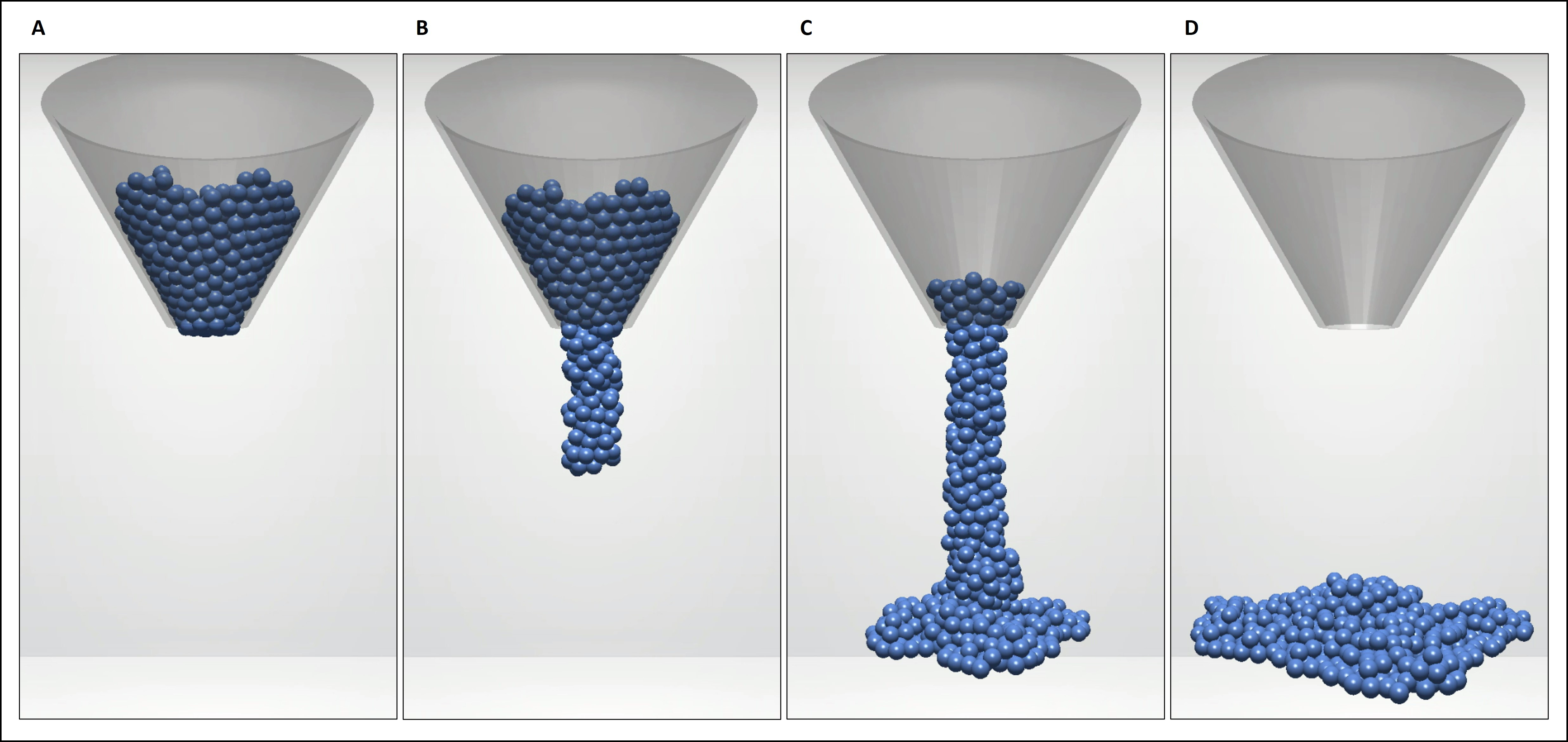
Scientists have developed a new computer model that simulates how moon dust behaves in lunar gravity. They hope it will help future robotic moon explorers to do their job more safely.
Moon dust, or regolith, is a pesky material. It's superfine, yet sharp like glass. When stirred, it floats suspended in the moon's low gravity environment seemingly forever. During the Apollo-era missions, it famously even got "“everywhere" — tearing up spacesuits, blocking sensors and clogging mechanical components, according to NASA.
In the future, robots on the moon will have to do more in this irritating moon soil than just land and roam around. Scientists will likely ask these machines to build space stations, extract water and perhaps 3D-print tools someday, too. And a new computer model, developed by researchers from the University of Bristol in the U.K., will allow engineers to practice with these lunar robots in simulated moon dust before actually sending them to the moon for real.
Related: Intuitive Machines' Odysseus moon lander beams home 1st photos from lunar surface
"Think of it like a realistic video game set on the moon," Joe Louca, a researcher at the School of Engineering Mathematics and Technology at the University of Bristol and lead author of the paper, said in a statement. "We want to make sure the virtual version of moon dust behaves just like the actual thing, so that if we are using it to control a robot on the moon, then it will behave as we expect."
Other computer models of moon dust have been created before, but those were either too complex and therefore too difficult to run in real time, or not realistic enough. The Bristol team's goal was to create something in between, a mechanism that could create useful simulations while not requiring that much computational power to run.
"Our primary focus throughout this project was on enhancing the user experience for operators of these systems — how could we make their job easier?" Louca said.
The crew used an earlier, simpler model developed by their colleagues in Germany, which could mimic the density, stickiness and friction of lunar dust as well as recreate the eerie conditions of lunar gravity, which is six times weaker than Earth's. That model, however, could only recreate small amounts of lunar dust, which wasn't sufficient to simulate actual rover operations. The researchers then compared their model with a physical one, using artificial regolith similar in composition to lunar dust.

"We conducted a series of experiments — half in a simulated environment, half in the real world — to measure whether the virtual moon dust behaved the same as its real-world counterpart," said Louca.
The project was completed in cooperation with European aerospace manufacturer Thales Alenia Space, which is developing several moon exploration technologies including a payload that could extract oxygen from lunar soil.
The study was published in the journal Frontiers in Space Technologies on Feb. 22.






